By Stephen Thomas Previtera
In most people’s mind the Iron Cross is inescapably linked to the Third Reich. Indeed, Adolf Hitler was responsible for adding a “marching swastika” front and center, to the decoration’s black core in 1939. But the simple curves of this silver and iron award for bravery can be credited to the instincts of an architect, and the inspiration of a king over 120 years before the rise of Nazi Germany.
Begun by Prussia’s King Friedrich Wilhelm III on March 10, 1813, the Iron Cross was intended as a temporary award for efforts against Napoleon. Three classes of the award were created (Second, First and Grand Cross) with the awarding process supposedly blind to Prussia’s then distinct social classes. This nondistinction of social rank is what set the Iron Cross apart from contemporary awards issued by other royal houses. It was considered that a general and private both affected the outcome of a battle, parted only by their individual realms of responsibility. This rare logic of the time dictated that the Iron Cross would be awarded democratically, with all ranks equally eligible for awards.
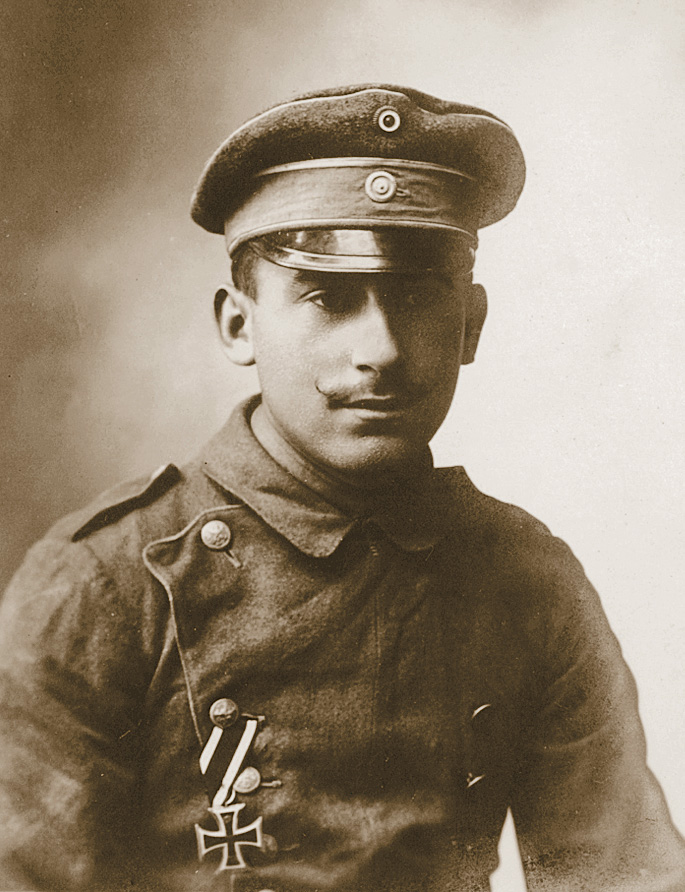
Karl Friedrich Schinkel, a 31-year-old Berlin architect, was commissioned by the king to design this symbol for what was to become known as Prussia’s “Eiserne Zeit” (Iron Time). Friedrich Wilhelm required that the concept include the Prussian Crown, his royal cipher, the date of institution (1813), and a representation of oak leaves, the sacred tree of Germany.
Schinkel’s main influence while working on the design came from the Teutonic Knights of the Third Crusades. The Order had incorporated large crosses on their uniforms and smaller enameled variations for awarding to their Hochmeisters, or High Priests. Schinkel delivered a design for approval on March 21, 1813. Prince Karl von Mecklenburg-Strelitz, influential brother-in-law to King Friedrich Wilhelm, suggested a modification. Whereas Schinkel’s design had a cross with straight arms extending from the center, Mecklenburg-Strelitz’s input modified the final form by adding distinctive arcs to the arms, giving the award its famous shape we know today. In numismatic nomenclature the form is known as a cross Patté.
The final design incorporated a stamped silver frame (typically of eight-hundred to nine-hundred parts silver, out of a thousand parts) with a cast-iron center. These metals, while appearing to be an aesthetically pleasing match on paper, created massive headaches during initial production. They simply could not be soldered to one another. A number of prototypes were painfully manufactured during 1813 and 1814. Finally a system was devised that allowed for a two-part silver frame that sandwiched the iron core between them. Iron Crosses from that point on were of three-part construction, and this remained the rule through World War II.
Generally speaking, the 1813 Iron Cross Second Class has two silver frames that are opened on either side to reveal on the original obverse a plain, black iron core, and on the reverse, the Prussian Crown on the upper arm, with an “FW” for Friedrich Wilhelm directly beneath it. Centered on the iron core is a motif, or spray of oak leaves, with the institution date 1813 located on the bottom arm. The cross itself measures between 41 to 42mms in height and width, and has an appending loop on the upper arm for attaching a ribbon. Three-quarter-size versions of the Iron Cross First and Second Classes exist and are known as “Prinzens” for the fact they were typically awarded to royalty whom, one would suppose, sported an overabundance of decorations upon their chests.
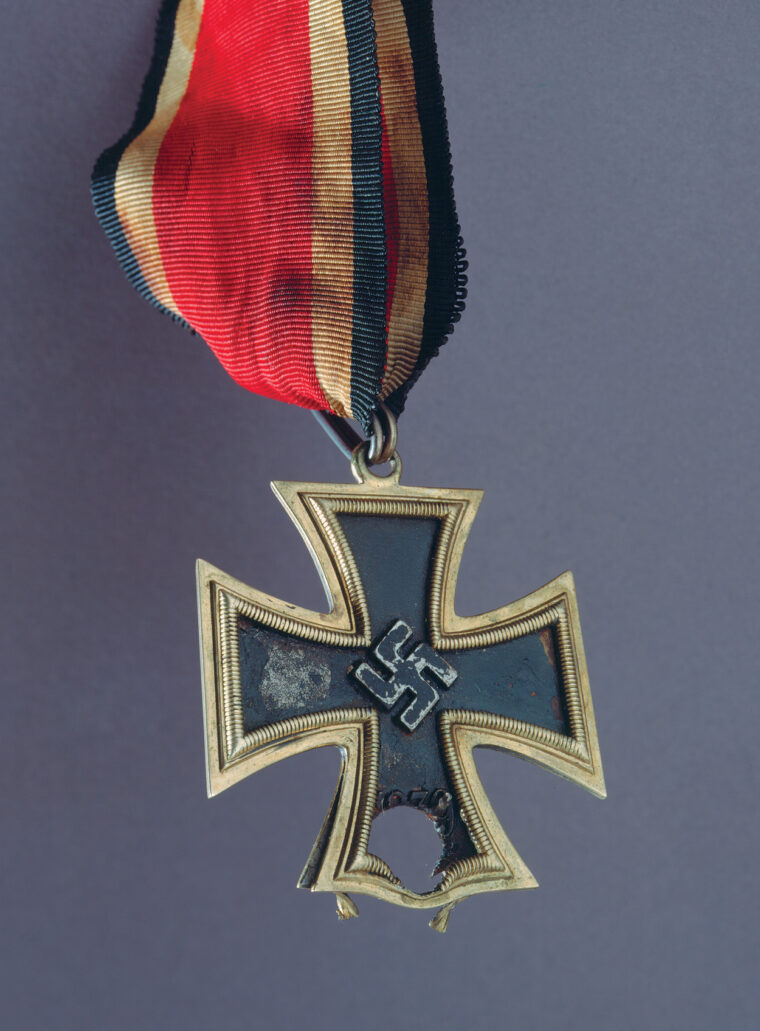
Civilians, (typically influential statesmen) could be awarded a derivative of the award for meritorious duty known as the noncombatant’s version. This distinction was most evident with the 1813 Iron Cross Second Class and its attached ribbon. For combatants, the ribbon was a majority black with two, wide, vertical white bands. For noncombatant’s ribbons, the colors were reversed, the greater extent of background color being white, the bands, black. These were the national colors for the Prussian Kingdom.
The ribbon was utilized for hanging the Second Class from the tunic’s second highest button hole. In 1838, after it became known that most recipients preferred wearing the Second Classes’ ornamented reverse facing outward, Friedrich Wilhelm modified the royal sanctions to reflect popular sentiment.
The 1813 First Class is a breast badge and therefore is ribbonless. It has a closed solid silver backing with attached loops (one to two for each arm) for wear upon the recipient’s left breast.
Measurements fall in line with those of the Second Class. Later in the 1840s and 1850s a hinged pin was added for easy attachment. Five high-ranking commanders, including the renowned Field Marshal Gebhard Fürst Blücher von Wahlstatt, earned the distinction of receiving the Grand Cross of the Iron Cross. Similar in appearance to the basic Iron Cross Second Class, the Grand Cross measures a gargantuan 56.5mm across.
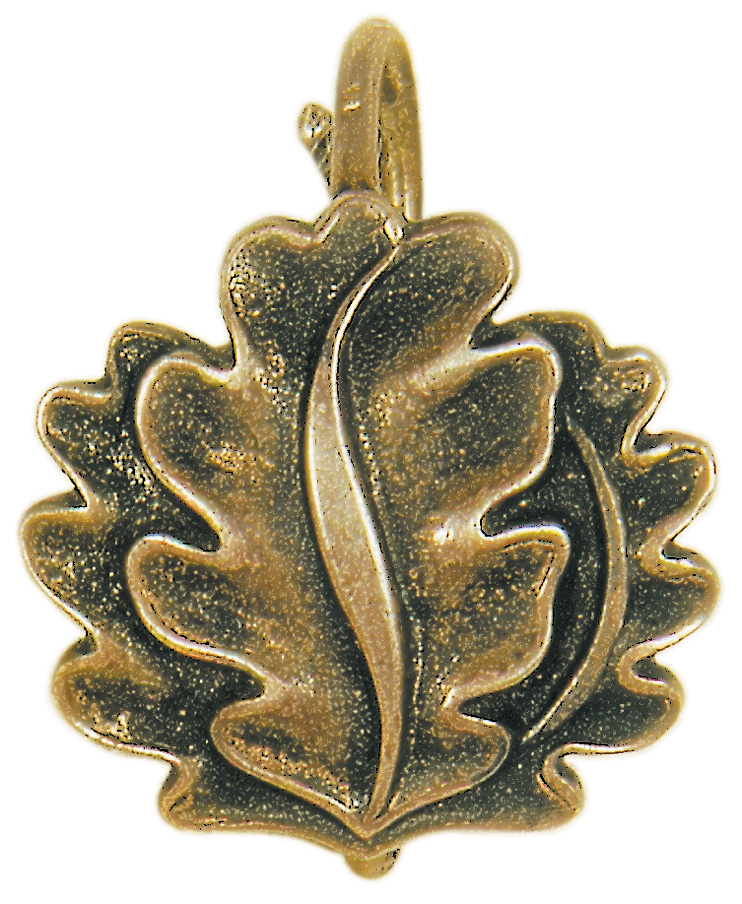
Its ribbon alone measures 55mms in width. Today most collectors are hard-pressed to find an original 1813 Iron Cross of any class. Numbers awarded total approximately 16,938 Second Classes, 638 First Classes and five Grand Crosses. The award was earned in succession, with a lower class being a prerequisite for the next level.
One final addition to the 1813 Iron Cross family was added by Friedrich Wilhelm on June 26, 1815 when the Star of the Grand Cross was awarded to Blücher for his timely arrival on the field of Waterloo and his assistance to Wellington in the defeat of Napoleon. The last known sample of this award was in Berlin’s Zeughaus until 1945. Its fate is unknown.
After 1815, the end of the Napoleonic period, official awarding of the Iron Cross was suspended until the Franco-Prussian War, although bestowals were continuously being made as new stocks of Iron Crosses were produced for those who had not received them during battles against Napoleon.
King Wilhelm I (Friedrich Wilhelm’s son and the man who would become Germany’s first kaiser) reinstituted the Iron Cross, again in three classes, for the 1870-1871 conflict against France. Design elements for the cross changed very little. For the Second Class, the obverse again became the reverse, keeping the exact same details. Now, however, the plain smooth side became host to the Prussian Crown on the upper arm, a “W” for Wilhelm I in the center, and the date “1870” on the lower arm, signifying the beginning of conflict between France and Prussia and her German Allies. The Grand Cross of 1870 was affected likewise while the First Class Iron Cross had the details of a Prussian Crown, “W,” and “1870” added to what was formerly a plain iron obverse. Sizes began to move into the 42 to 43mm range for the First and Second Class and the 60mm range for Grand Cross. The number of crosses awarded are as follows: 47,244 Second Classes, 1,304 First Classes, and nine Grand Crosses, a number of which went to royalty, with an honorary bestowal upon the elderly King Wilhelm I. With this conflict concluded, Prussia finally united all the German states into one entity, with herself at the helm.
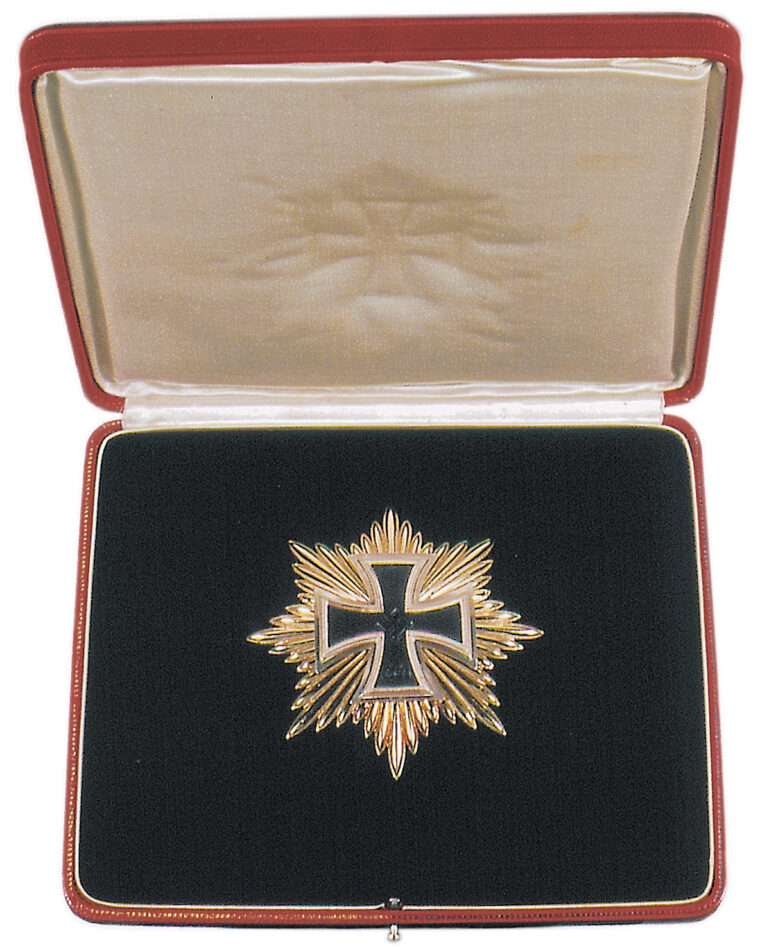
Despite substituting the 1870 of the Franco-Prussian period with the new date of 1914, there were little changes in the general appearance of all three classes of World War I Iron Cross from their predecessors. The major exception for the 1914-1918 period is the incredible explosion in numbers awarded. By most estimates almost four million Second Classes and 145,000 First Classes found their way into soldier’s haversacks. Only the Grand Cross was awarded less, with five total.
Today these are the most common variety of Iron Cross available. Many were brought back from the war by practically every doughboy who set foot on European soil. A 1914 Second Class can be had for $25 to $35, and therefore is a common impetus for future hoarding among budding collectors.
Finally, we arrive at the legacy that every Iron Cross must bare to its final day. On September 1, 1939 as panzers crossed the Polish frontier, Adolf Hitler reinstituted the Iron Cross in its original three classes, with the addition of the Knight’s Cross. All bore the swastika on the obverse’s center.
Hitler increased the award’s sizes by at least 2mm. Next he created a bridge for the common soldier between the Iron Cross First Class and the formerly unobtainable Grand Cross. At 48mm in width and height, the Knight’s Cross is the premier Iron Cross collectable. Although there is no direct correlation in the U.S. Army, for the sake of argument we could term it Germany’s Medal of Honor. Generally commanding huge sums of $3,000 to $4,000, recent prices as reflected on eBay and in auction catalogs have skyrocketed even higher.
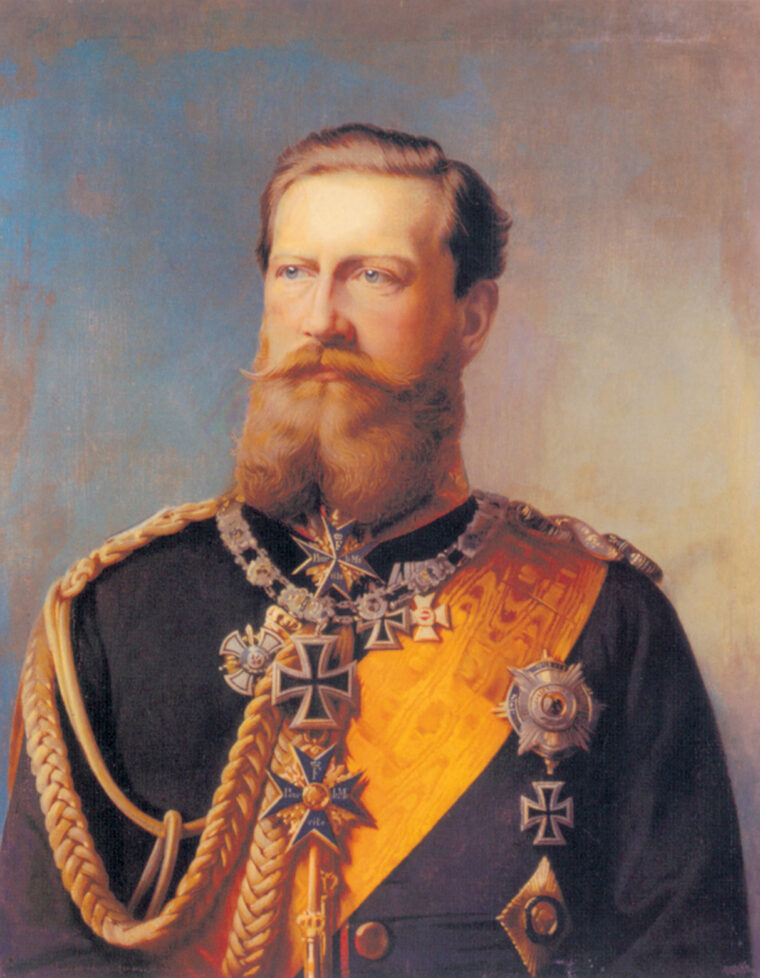
Unfortunately, by this author’s estimate, eight out of 10 crosses seen today are post-World War II production. (Space restriction does not allow for an examination of fakes at this time.)
You can purchase a 1939 Second Class for around $45 to $75, with a total awarded during the war of practically five million. A First Class Iron Cross of this period sells for $95 to $195 based on condition, 450,000 being a good estimate for the number of these awards. Compare these with the Knight’s Cross, whose award estimate is just over 7,300. There are even higher levels of the Knight’s Cross, including additions of the Oak Leaves (890 recipients), Oak Leaves & Swords (160 recipients), Diamonds (27), and Golden Diamonds (one to Stuka pilot Hans Ulrich Rudel). The Grand Cross went to Hermann Göring for the 1939 French Campaign.
There also exists a Star to the 1939 Grand Cross. It was never awarded, but a prototype was discovered in a castle just outside Salzburg, Austria by the Americans. It now resides in the West Point Museum, New York.
Hitler always proudly displayed, on his otherwise simple uniform, the 1914 First Class he had earned. For a corporal, this was a rare award. Interestingly, Hitler never bragged about having received it. In fact, he never mentioned it except in passing. Was he modest? On the contrary. As with any story on the Iron Cross, this one has a twist. Hitler was recommended for the award by his unit commander, Lieutenant Hugo Gutmann. As the most esteemed award of the young corporal’s military career, Hitler could never talk about it. Hugo Gutmann was Jewish.
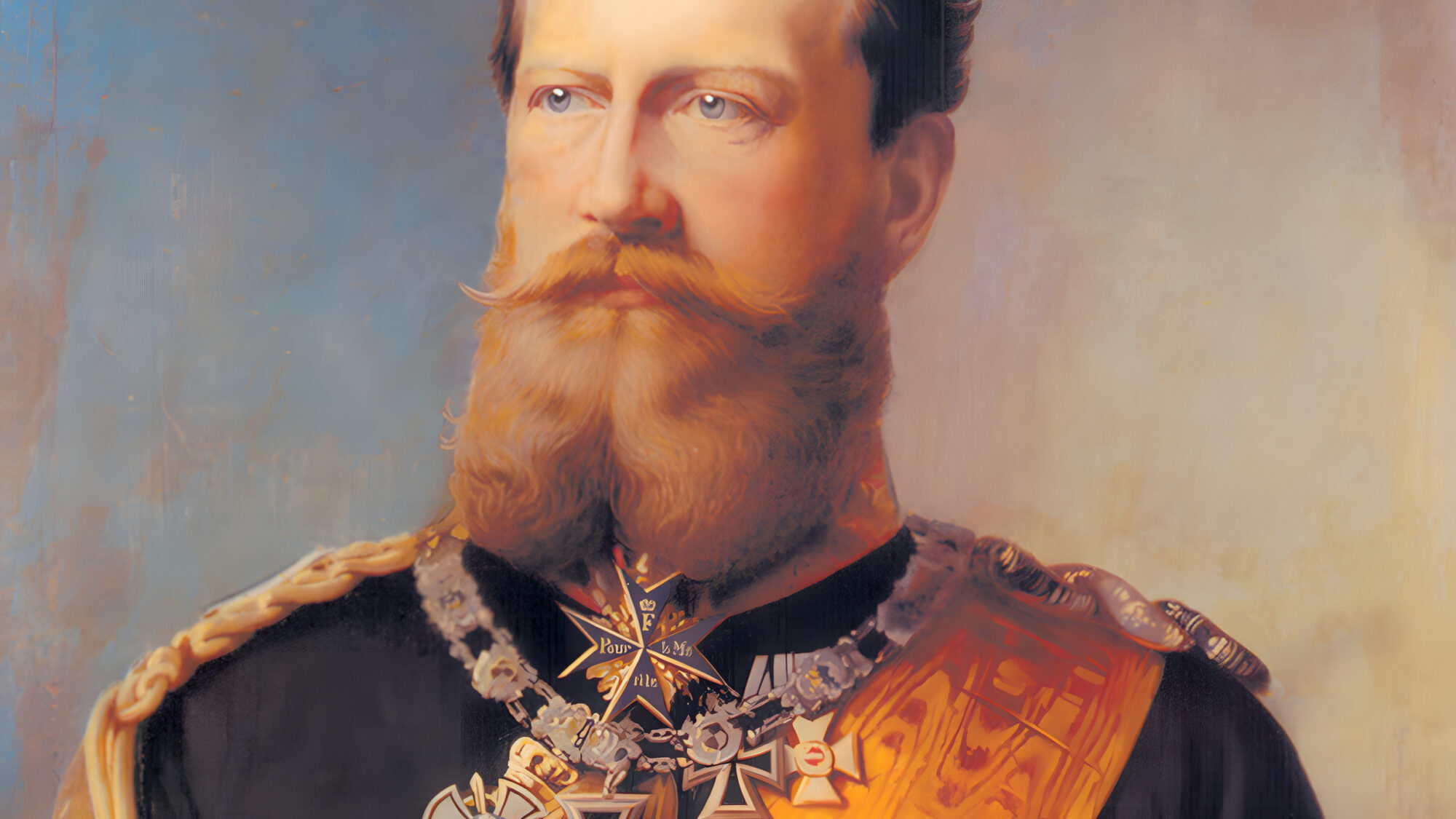
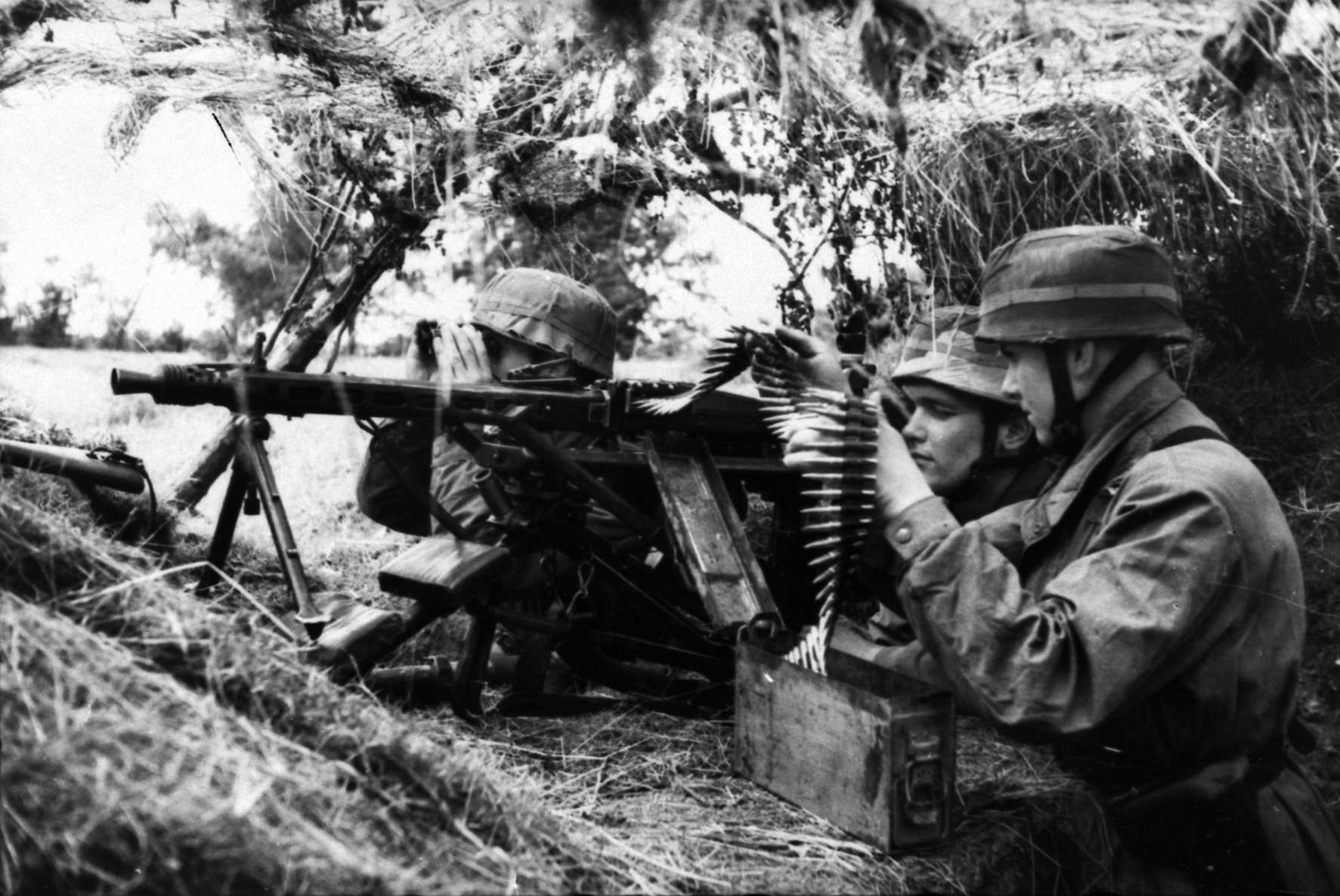
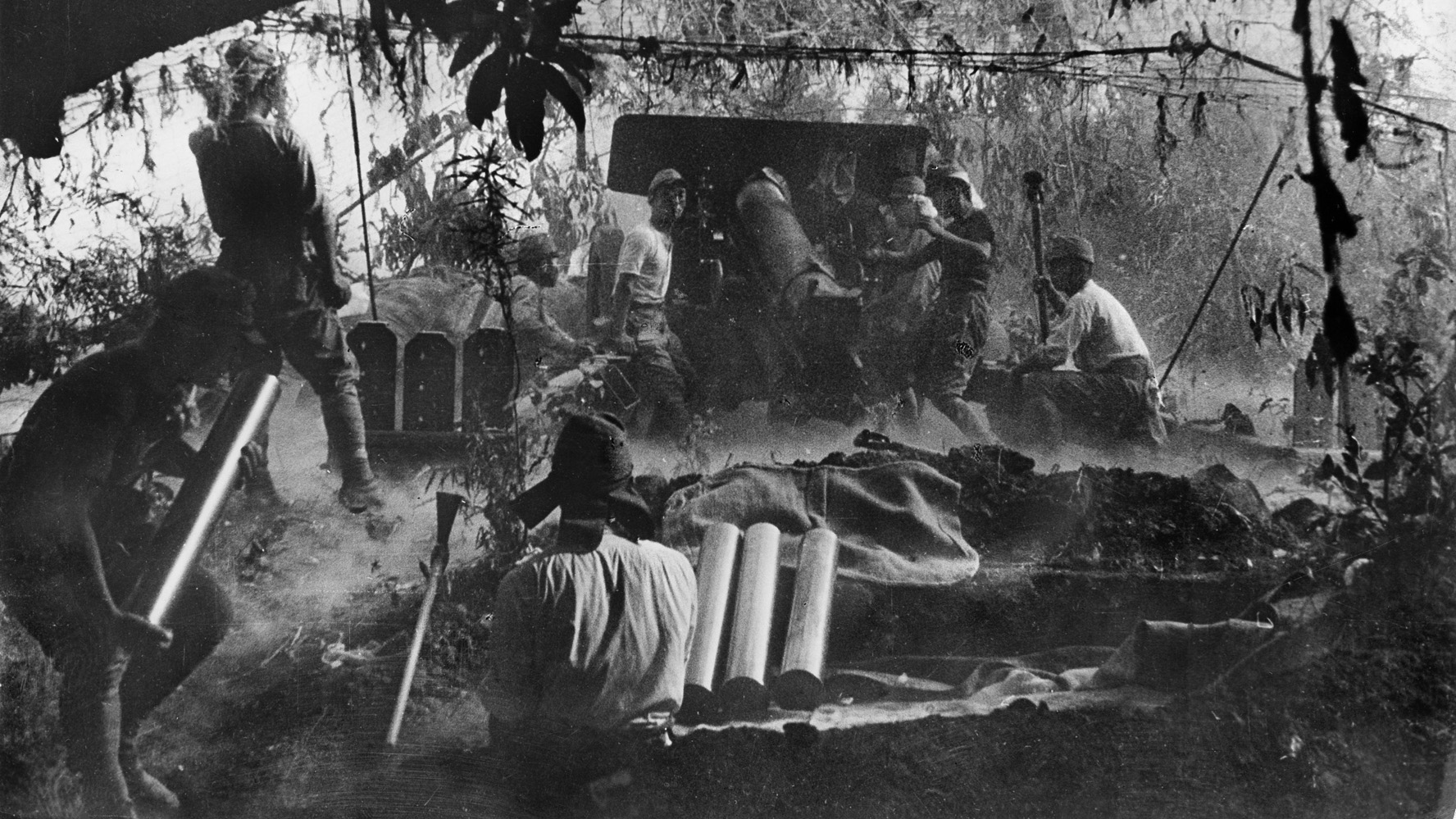
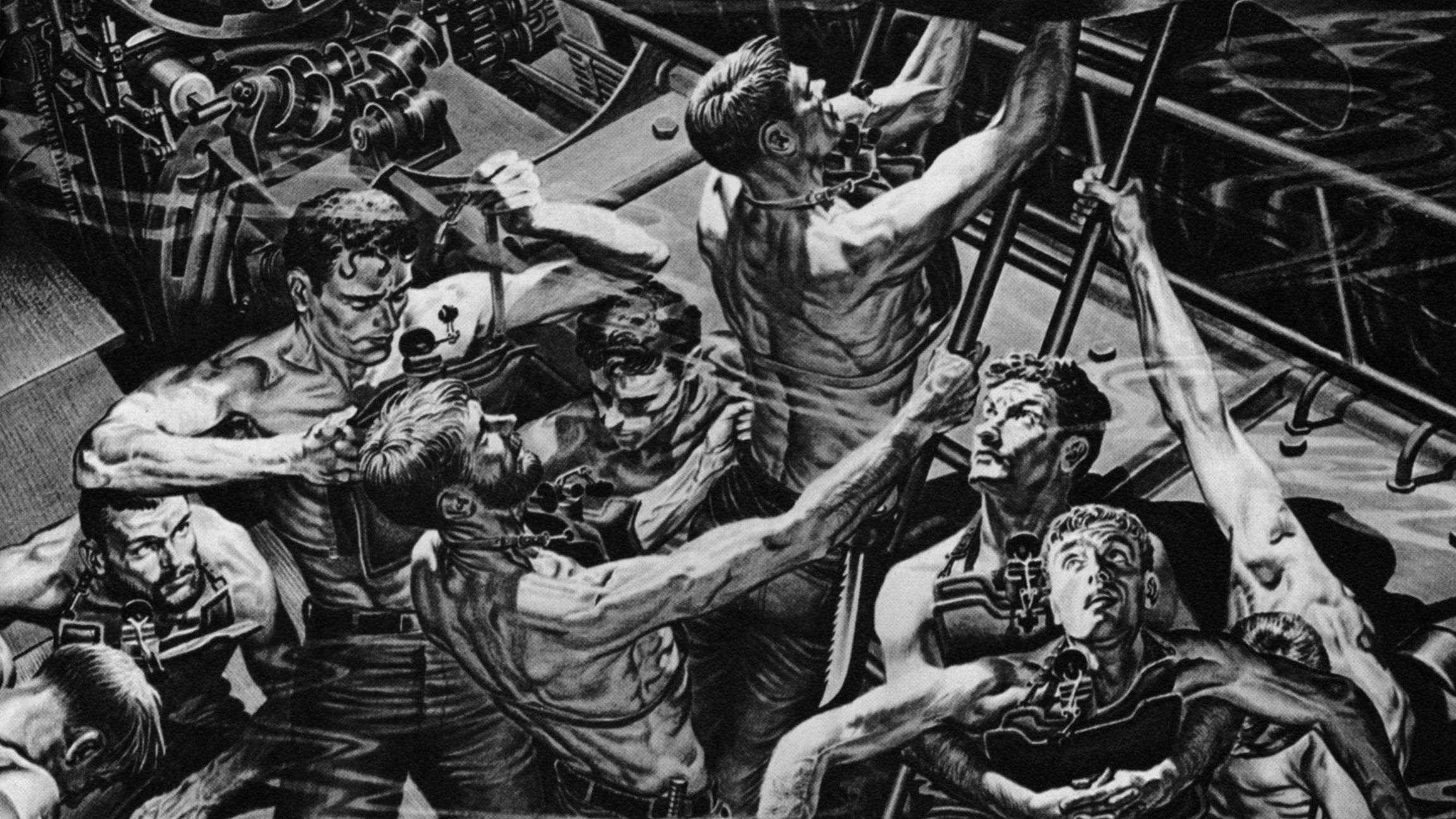
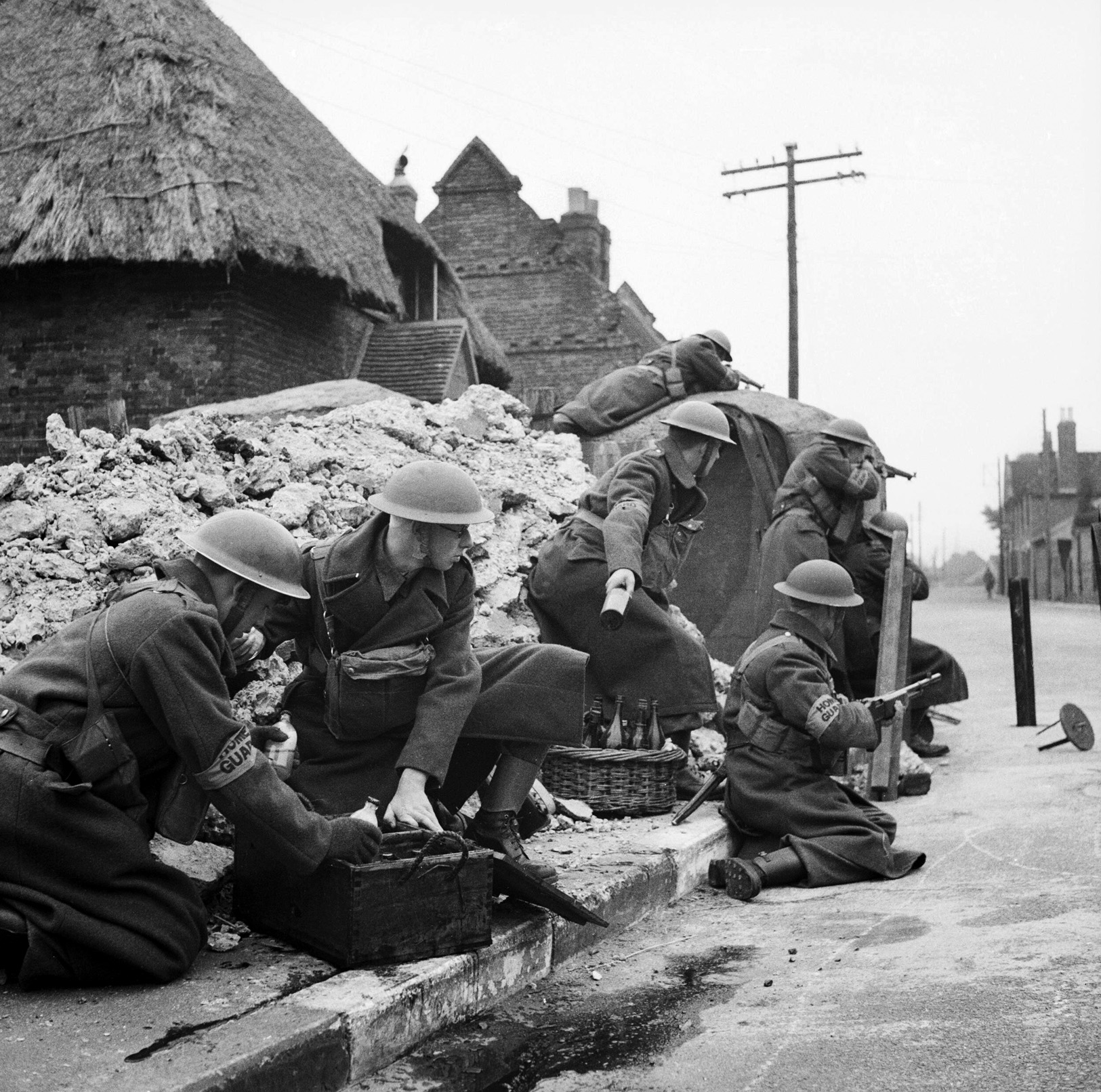
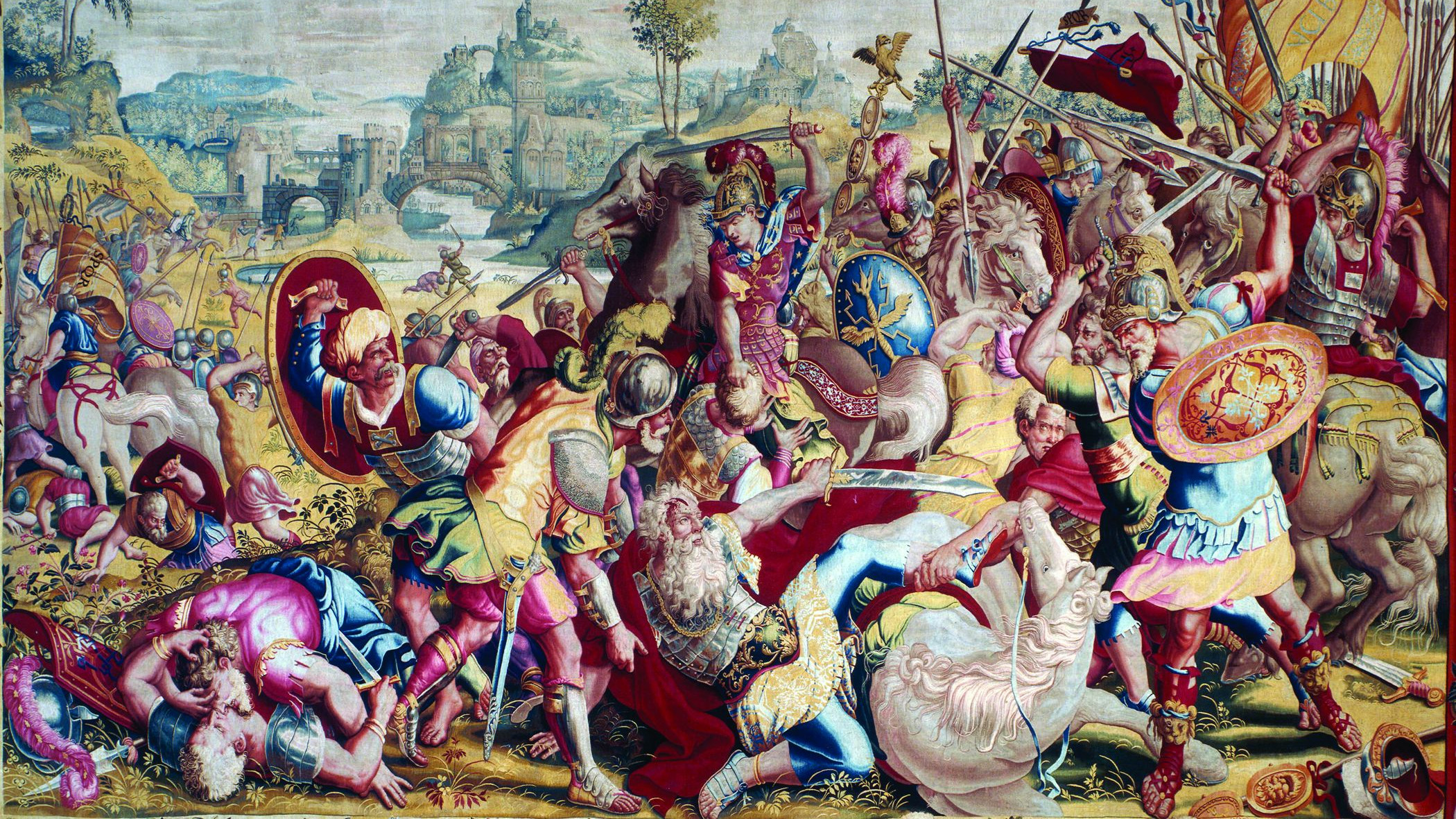
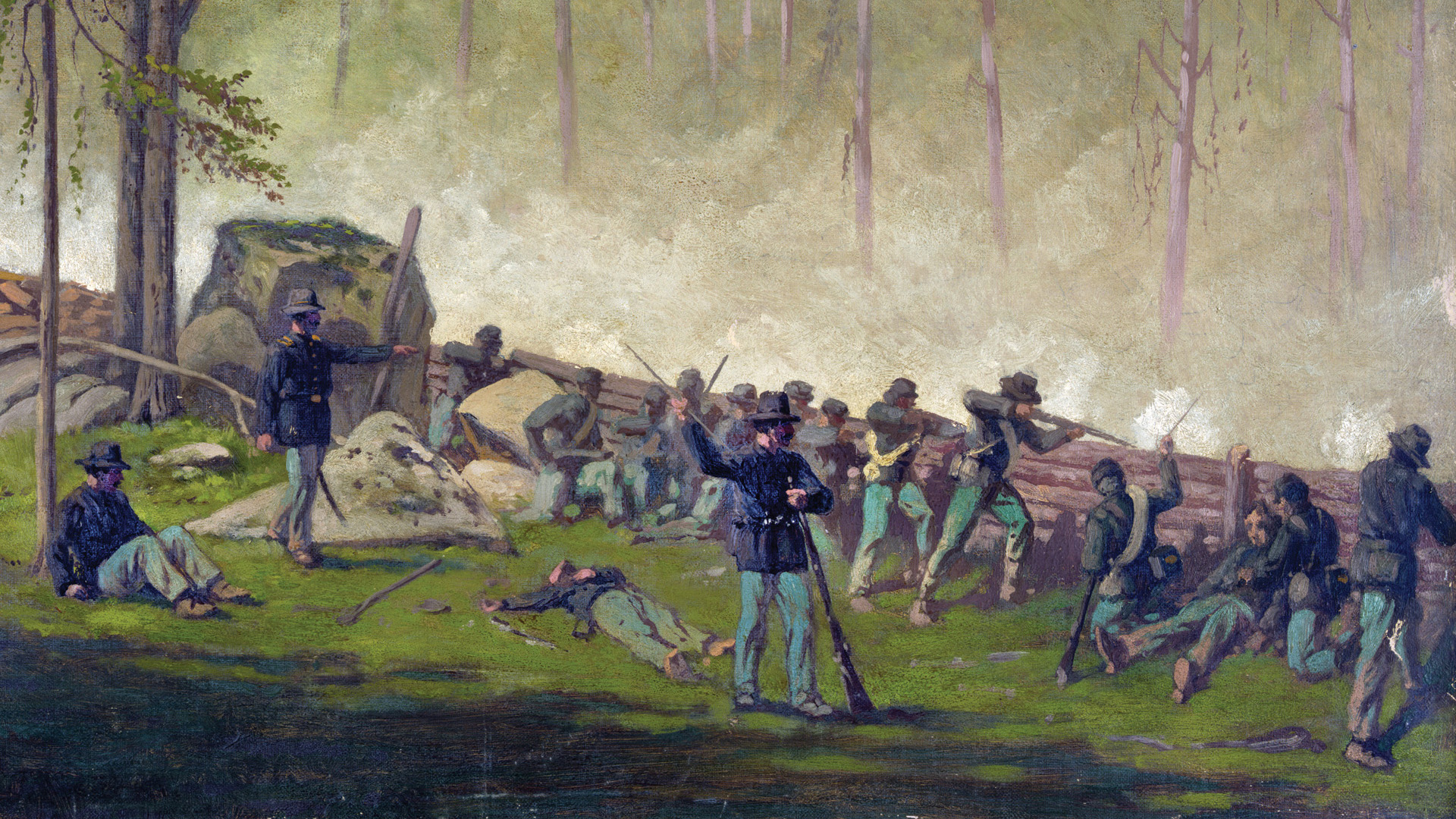
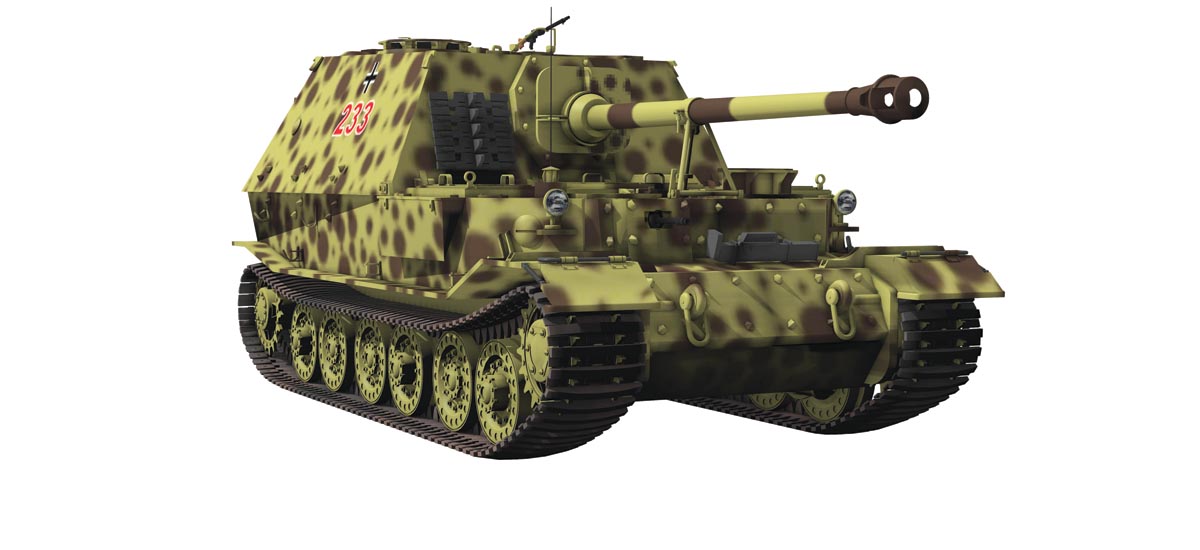
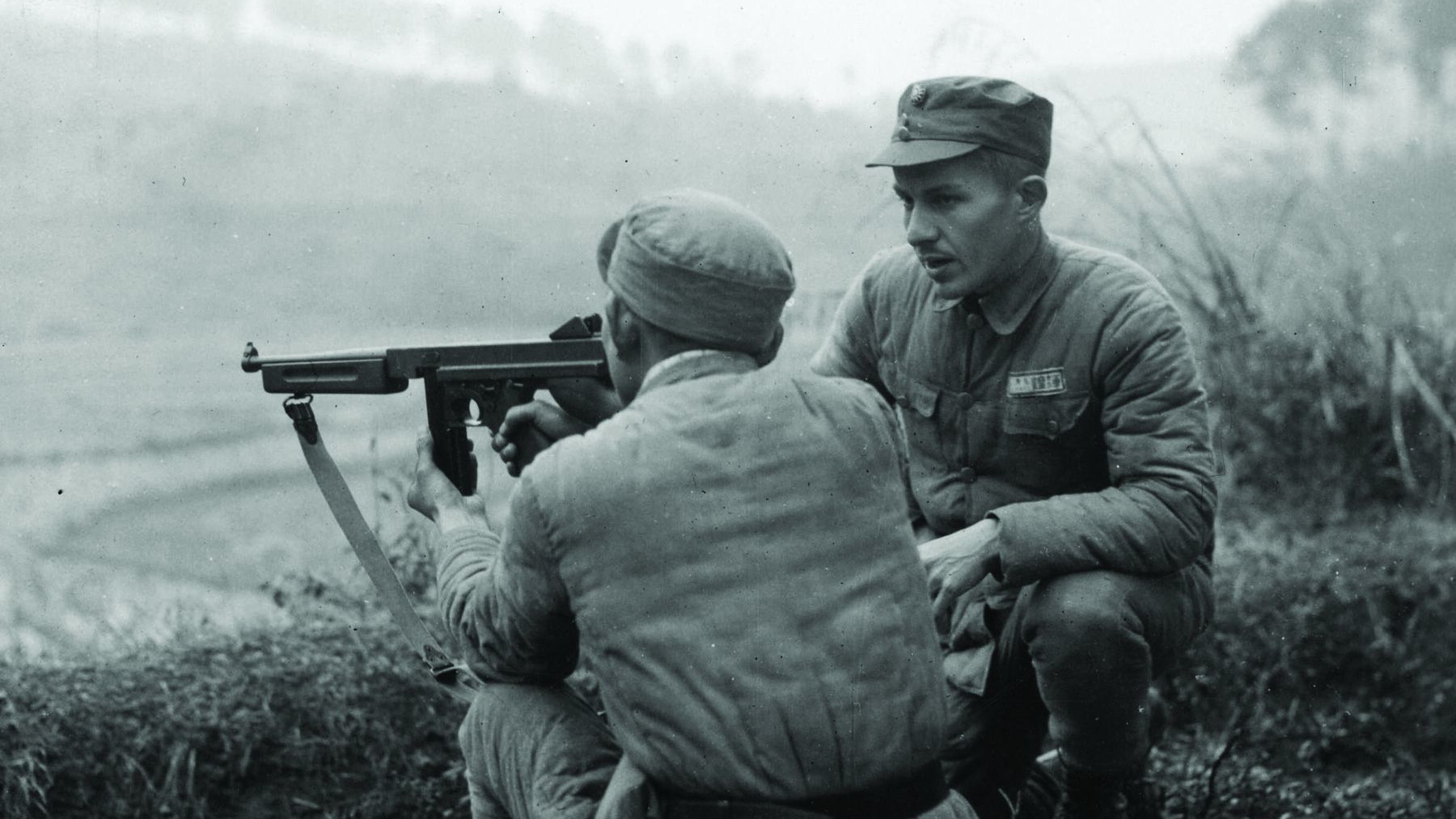
Join The Conversation
Comments
View All Comments